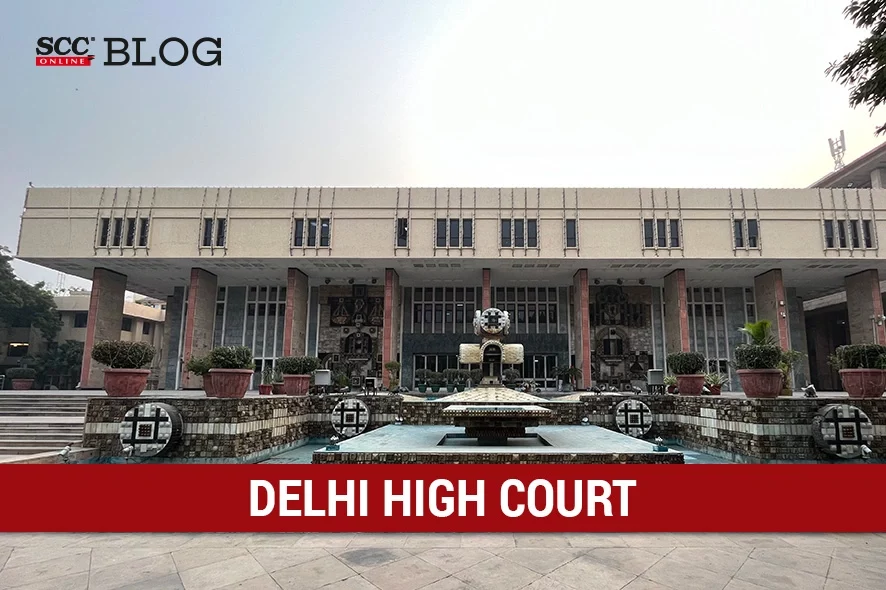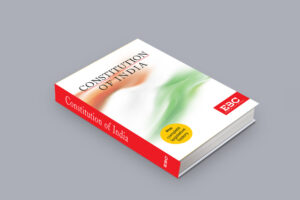Delhi High Court: Two writ petitions were filed by Surgical Manufacturers and Traders Association, one challenging the Notification dated 03-12-2018 issued by the Central Government via the Ministry of Health and Family Welfare (MHFW) dealing with medical devices and the other challenging Section 3(b)(iv) and Section 5(2) of the Drugs and Cosmetics Act, 1940. A division bench of Rajiv Shakdher and Tara Vitasta Ganju, J., did not interfere with the notifications passed as the Association has failed to demonstrate that Sections 3(b)(iv) and 5(2) are violative of Article 14 and/or 21 of the Constitution. It is because there is no manifest arbitrariness or unreasonableness in the shift in policy of bringing all medical devices within the ambit of a regulatory regime.
The impugned notifications brought four medical devices within the ambit of “drug” as defined under Section 3(b)(iv) of the 1940 Act. The 1st 2020 Notification has spread the net to cover all medical devices to the consternation of the Association. The Association claims to be a registered society representing over 400 members, spread all over India, who are in the business of manufacturing and trading in surgical, medical, hospital, and healthcare equipment and supplies both within India and those imported into the country. Thus, the grievance of the Association, in a nutshell, was that via the 1st 2020 Notification, the Central Government, instead of specifying specific devices as drugs, spread the net to include all devices that were used for one or more specific purposes indicated in the said Notification; the only exception being medical devices mentioned in Annexure to the 8th Schedule to Medical Devices Rules 2017.
On the aspect of whether Section 3(b)(iv) and Section 5(2) of the 1940 Act are unconstitutional since they are violative of Articles 14 and 21 of the Constitution, the Court noted that MHFW, in its wisdom, thought it fit to bring all medical devices within the ambit of the expression “drug”. This is clearly a policy matter. If MHFW has the power to do so, no fault can be found with the 1st 2020 Notification whereby all medical devices were brought within the purview of the expression “drug”. MHFW’s reasons are manifold, which include the desire to align itself with the international regulatory regime and to further the interest of the patients. Mere errors, if any, in the policy, which is otherwise robust and devised bearing in mind patient safety, cannot be upturned by the court while exercising the power of judicial review under Article 226 of the Constitution, unless it is a clear case of demonstrable violation of fundamental rights, including Article 14 and 21 of the Constitution.
On the submission made by the Association that the 1st 2020 Notification is a case of overbreadth, which was an aspect not envisaged under the provisions of Section 3(b)(iv) of the 1940 Act, the Court replied that regarding the first aspect, which concerns the inclusion of nebulisers and glucometers, one must note that these are simple home medical appliances/devices that are freely available for introducing drugs and monitoring drug dosage. The devices, by themselves, are not complicated contraptions but certainly require standardisation. Errors made could lead to fatalities. For instance, if, in a given case, the glucometer is faulty, it could show the presence of blood sugar at a higher level than what is obtaining in a patient’s body, compelling the patient to take a higher dosage of the prescribed drug leading to rapid fall in the blood sugar level, i.e., hypoglycemia. Hypoglycemia can cause cognitive disruptions, and coma and sometimes lead to a patient’s death.
The Court further noted that the DTAB is an expert statutory body constituted by the Central Government for seeking advice on technical matters. The fact that the MHFW chose to include nebulisers and glucometers in the proposals that were being considered for Notification under Section 3(b)(iv) of the 1940 Act would not by itself render it illegal. Thus, even though these four devices are simple home appliances, a decision was taken by the MHFW to bring them within the ambit of Section 3(b)(iv) of the 1940 Act as the commencement and continuation of drug therapy in a patient was acutely dependent on the correct measurements of human vitals by these devices.
The Court remarked that the 2018 Notification is sustainable and cannot be found fault with only because it included two other devices, i.e., nebuliser and glucometer, which were initially not on the agenda of the 80th DTAB meeting. The fact that the Legal Metrology Act, 2009 covers certain devices such as blood pressure monitors and digital thermometers or that the glucometers are required to adhere to the standards stipulated by BIS would not render the 2018 Notification invalid. At worst, it could be a case of over-regulation, but that by itself would not result in the 2018 Notification being declared invalid in the eyes of the law.
On the aspect of whether the implementation of the impugned notifications had placed an onerous burden, both in terms of finance and otherwise, on the stakeholders, the Court observed that no facts have been pleaded in the petitions to demonstrate how the alleged financial burden is onerous. Secondly, a broad perusal of the Second (2nd) Schedule appended to the 2017 Rules would show that the burden of the fee is dependent on the risk attached and whether or not the medical device is manufactured in India. Thus, insofar as Class A and B medical devices manufactured in India are concerned, which fall in the category of low risk and low-moderate risk, the fee is one-tenth for obtaining a “one site” license and half of what is stipulated for “each distinct medical device” falling under Class C and D. Compared with imported medical devices, although the fee burden is higher, the distinction between Class A and B devices [i.e., the low and low-moderate risk devices] and Class C and D devices [i.e., high-moderate and high-risk devices] is maintained.
Thus, they fall into different slots, hence, the financial burden by way of fee imposed cannot be compared. This, according to us, constitutes false equivalence. The classification between medical devices manufactured locally, as against those imported, is clear and distinct and in no way a violation of Article 14 and Article 21 of the Constitution.
[The Surgical Manufactures and Traders Association v Union of India, 2023 SCC OnLine Del 5443, decide on 01-09-2023]
Advocates who appeared in this case :
Mr Adit S. Pujari, Mr Maitreya Subramaniam, and Ms Kajal Dalal, Advocates for petitioner
Mr Kirtiman Singh, CGSC, with Ms Shreya V. Mehra and Ms Durgesh Nandini, Advocates.








